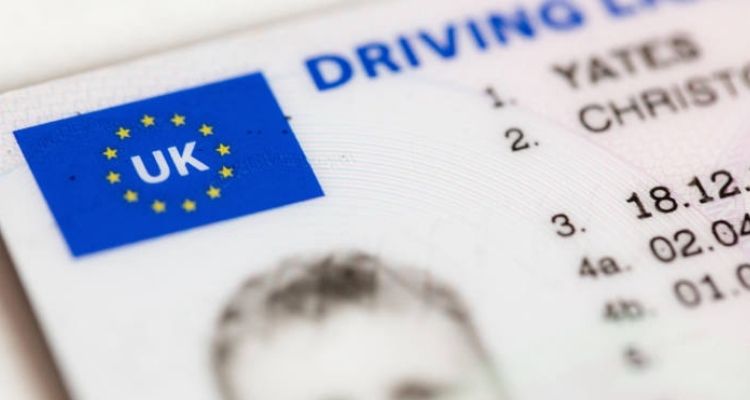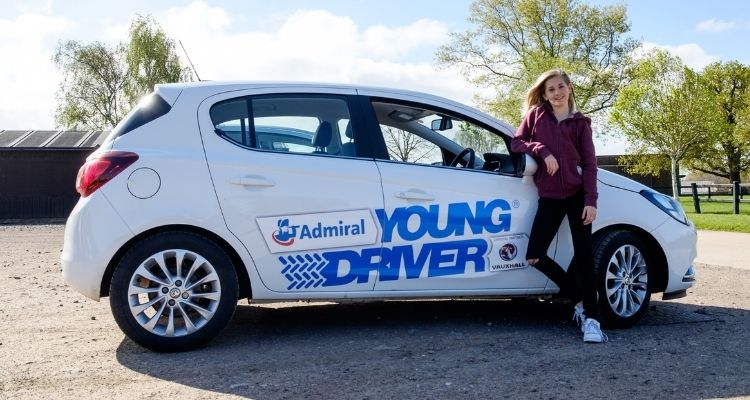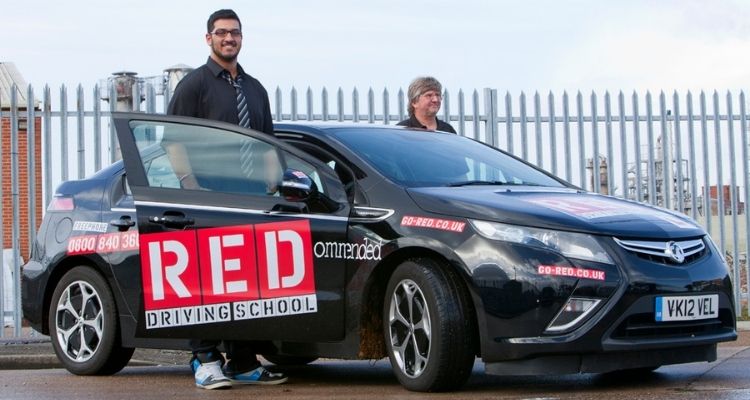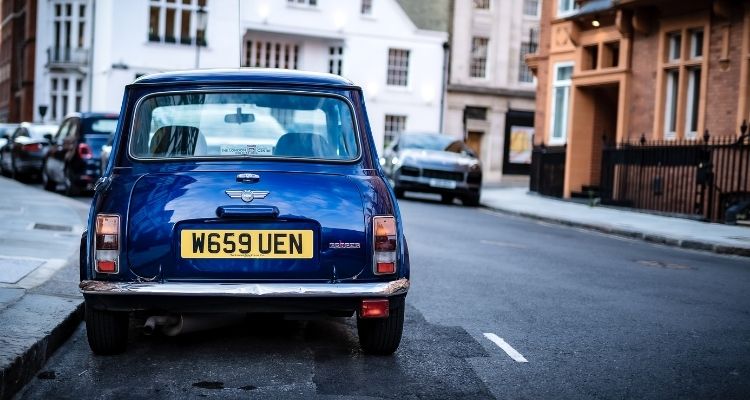The Department for Transport reveals some interesting stats suggesting a decline in young drivers.
Why are young people not getting their driver’s license anymore? It’s a valid question given the Department for Transport (DfT) data, which reveals that there’s a rather stark difference between how many young people today have licenses compared to in the 90s.

Today, the latest figures from 2019 show that roughly a third of 17 to 20-year-olds have a driving license whereas, in the early 90s, around half of the people in the age group had licenses.
To be specific and break it down into sex, currently, 34% of young men in the 17 to 20 age group have achieved a driving license and 35% of young women have done the same. In comparison, data between 1992 and 1994 show that 55% of young men and 42% of young women could drive before their 21st birthday.

This shows a significant decrease in young drivers in the last 30 years, with a drop of 21% for young men and 7% for young women. As an average, young drivers, in general, have seen a drop from 48.5% license uptake down to 34.5% which is a decrease of 14% overall.
A silver lining of this could be that the gap has been closed between men and women drivers, with there now actually being more young women drivers than men, proportionally, although only by 1%. However, the fact remains that around 35% of 17 to 20-year-olds have got their licences.

This then begs the question of are they simply not bothering, or is it rather a case of it being too expensive?
In a survey conducted by the DfT, they asked young drivers about the reasons why they aren’t driving. 25% of respondents said it was due to the high costs of learning and passing the test, whereas 16% and 15% said they were ‘not interested’ or ‘too busy’ respectively.
With most young people in the country living in urban areas, we can quickly draw some assumptions as to why there has been a great decrease in drivers. Firstly, public transport has improved greatly since the 90s with bus routes being added, cheap taxi services such as Uber being introduced and some towns/cities even have electric scooters or hire bikes (such as the famous ‘Boris bikes’) readily available.
Then there’s also the consideration that today’s economy is not quite as kind to the average family as it was in the 90s. Wages haven’t risen at the same rate as the cost of living which could be making it harder for parents to pay for their children’s lessons and cars and making it harder for the youths to pay for their own cars too.

Also, one big difference between today and the 90s is that a much larger percentage of young adults are attending university than 30 years ago. Many of them will be able to get around at university just fine without a car and not learning to drive will also allow them to save money and spend more time focussing on studying.
Either way, the fact is less young adults have driving licenses. Let us know why you think that is, in the comments.
If you enjoyed this, you may also like: ‘Covid’s Impact on The Classic Car Market’
For more articles like this, receive our weekly e-newsletter, including partner deals and all things motoring, register your email below.
Please note: You cannot subscribe to Smart-Motoring unless you put a tick in the checkbox below to indicate have read and agreed to our privacy policy.



